Works well, if not interfere. Lightbridge dji phantom 3
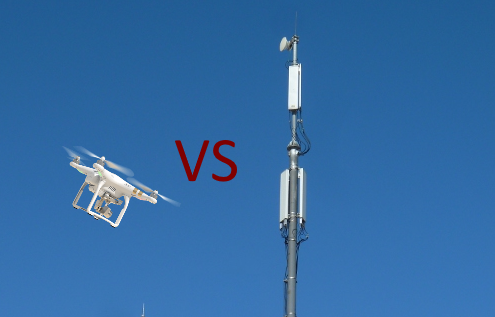
In the previous material, on April 1, I didn’t take it seriously to analyze the quality of communication) Everything, now without
There is a lot of useful information in the dji go logs, but there is neither RSSI, nor CINR, nor anything similar, there is only a stable logging frequency, which decreases when the signal level drops and this correlates well with each other. Packets are not re-sent in case of loss as via TCP, since they lose their relevance, therefore they are not written in the logs on the phone. By the number of received packets per second, we will evaluate the quality of communication in different situations.
')
Normal situation
In a normal situation, the average value of the signal level during flight does not fall below 90%. This means that at least 9 out of 10 packages come from the drone to the console. Just below is an example of a good signal quality during one flight. To better see, the communication quality graph is filtered, and for informativeness a second graph is added to the diagram showing the distance from the starting point (measured on the right axis).
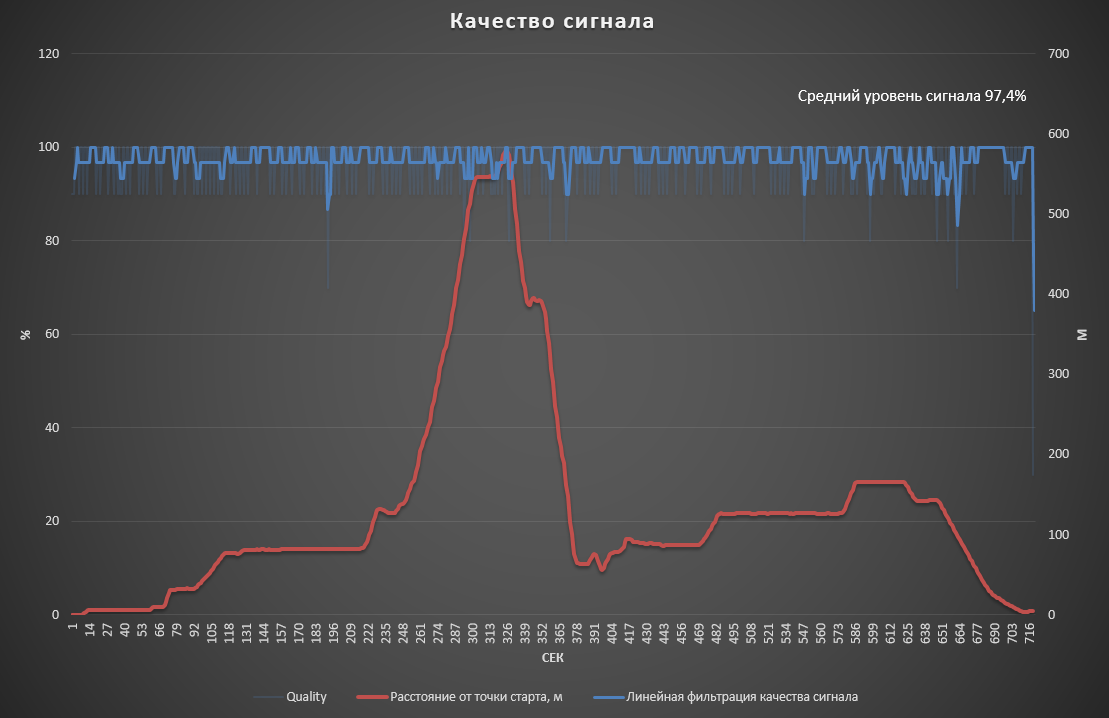
Or the average signal quality over several flights.
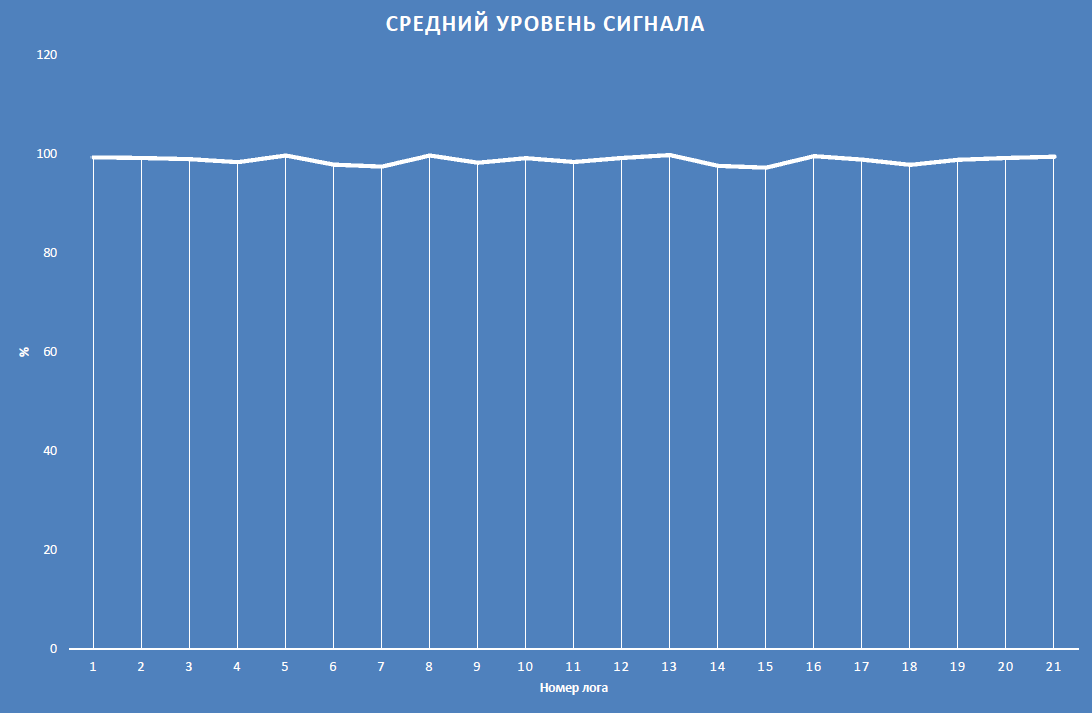
Faulty transmitter
But everything is not always so good. Just below is an example of a case when at a certain moment the quality of communications dropped sharply. You might think that the drone flew over the building or came under the radiation of the base station, which we will discuss further, but this situation differs from similar situations when the drone returns to the starting point, the communication quality is not restored. Such magic began from the first flights and always had the same symptoms. Subsequently, the Jedi recognized such a case as a factory marriage and replaced the drone.
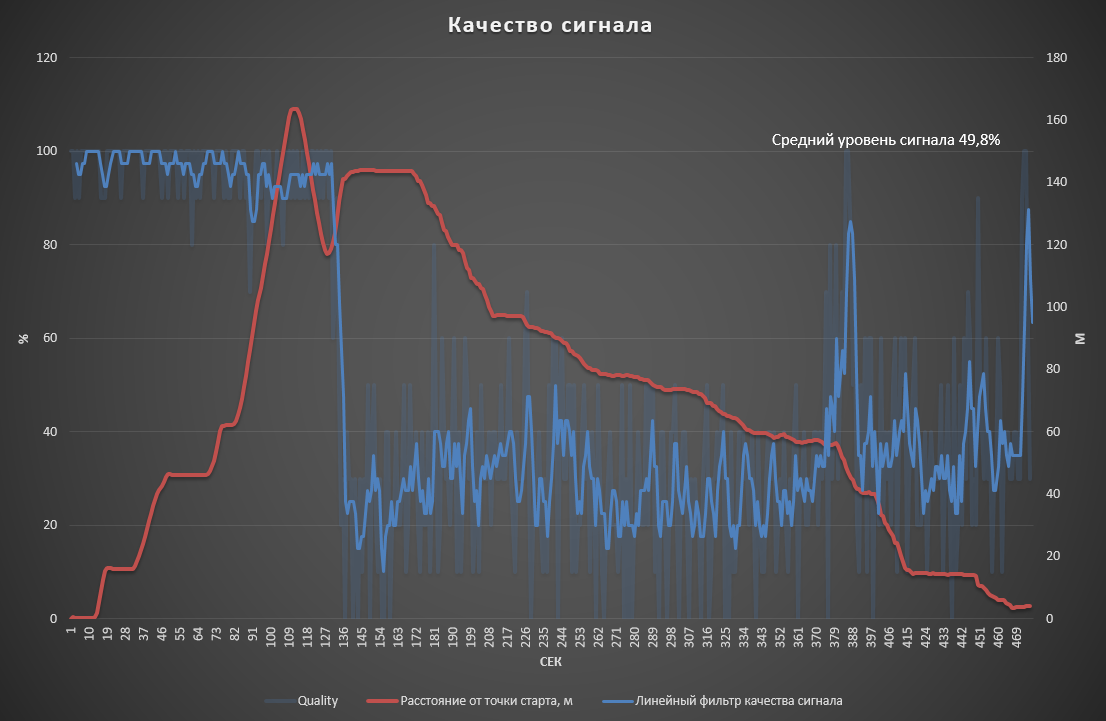
And here is an example of the signal quality for all flights with a faulty transmitter, where it can be seen that the average value of the signal level by flight is much worse than in the given example of normal signal quality at the beginning of publication.
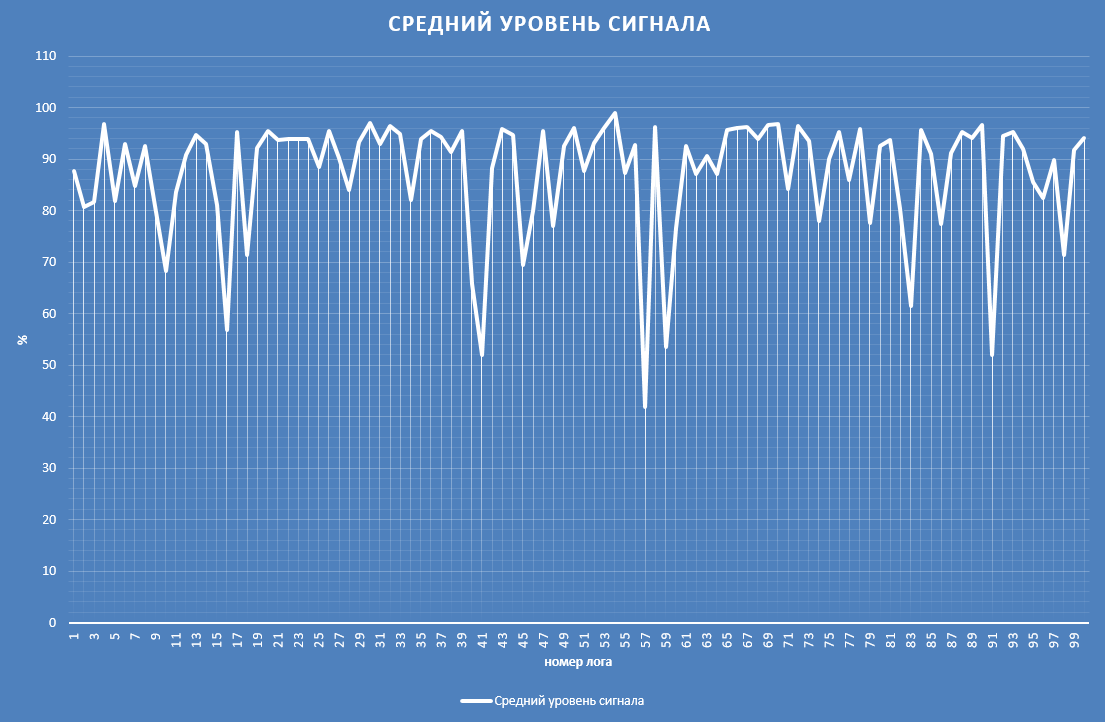
Effect of radiation from a base station of a mobile operator
Defective technique still comes across infrequently. More often phantoms fall under the radiation of the base station of a mobile operator. In this case, in addition to reducing the quality of communication, hundreds of compass errors begin to pour in, the GPS and phantom behave unpredictably. These base stations can be considered the worst enemy of the pilot. The range of the hazardous zone is up to 300m, and it can knock down about 100 meters, and even the optical system of the Zaitsevsky remote control will not help, since the MEMS sensors, which the drone is oriented in space, temporarily fail.
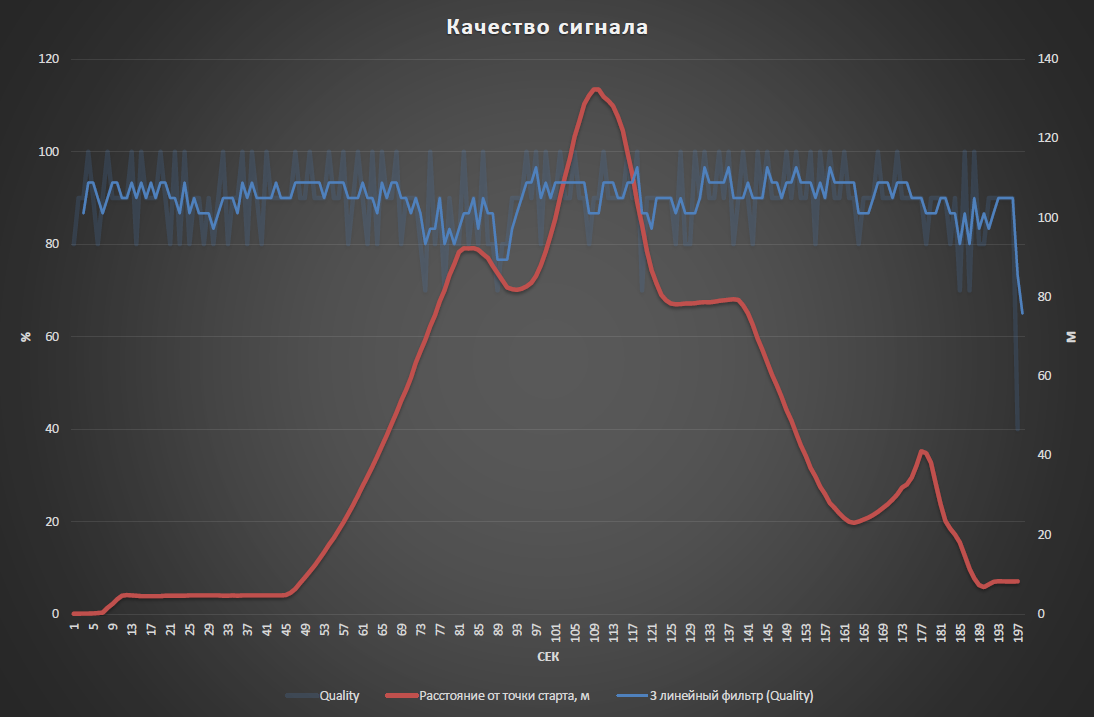
The graph with the number of errors shows how 4 times the pilot fell errors due to falling under the radiation of the base station. Errors can occur on other occasions, but usually not in such numbers.

On the towers themselves, the safety antennas are arranged so as not to exceed the signal power harmful to humans in the residential area, i.e. theoretically, you can fly quietly up to the height of the roof of houses, although about 7 years ago the mobile operator managed to put the base station right in the yard between apartment buildings in one of which I lived and send straight to the windows. They demolished it in court, but she stood there for half a year.
And if you do not interfere
Finally, I will give an example of flying 4.6 km without any tricks in the form of reflectors on the console, boosters, compact discs and additional equipment. The flight was in the countryside of the Bryansk region, where there are no sources of interference. This fully proves that if you do not interfere with the lightbridge, then it is quite capable of conducting online broadcasting for the stated 5km. and the whole problem of unstable connection with the phantom due to oversaturation in the cities of radio broadcasting at frequencies of 2.4 GHz, 5.8 GHz, where you can lose touch with the drone, just taking off 50 meters above you. The map of the towers of base stations in the Moscow region clearly shows how dangerous it is to fly in the city. The situation is similar in all big cities.
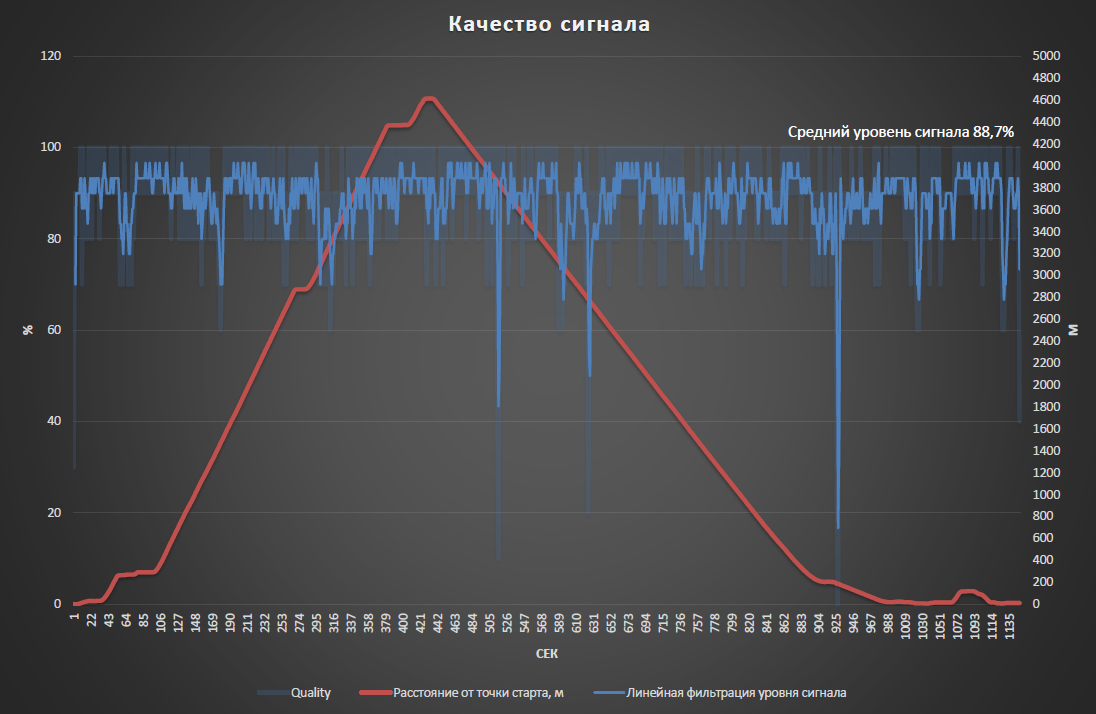
Conclusion
Lightbridge, used in dji drones, provides a fast and stable data transmission channel, but only on condition that there are no other sources of interference at its frequencies (2.4 GHz, 5.8 GHz).
Do not forget also about some recommendations that allow to use the lightbridge in full force. For more confident signal quality, antennas should be located in parallel, and not with the letter “V”. And if you mentally put a donut on the middle of the antenna, it will show how the radio signal is distributed. For flat antennas, the signal is not a round bagel, but one third of this donut, directed from the middle of the flat surface of the antenna. The antennas rotate, so you can stand in different ways, but if you direct them upwards, with the flat part forward, you should always stand facing the hopper and aim the remote control at it.
In general, it’s better not to fly over yourself, but to go 100 meters from the copter, but if you still need to fly over yourself, you must lower the antennas parallel to the ground.
Good luck to everyone! And I hope that this material will help someone avoid losing the connection.
Source: https://habr.com/ru/post/392647/
All Articles